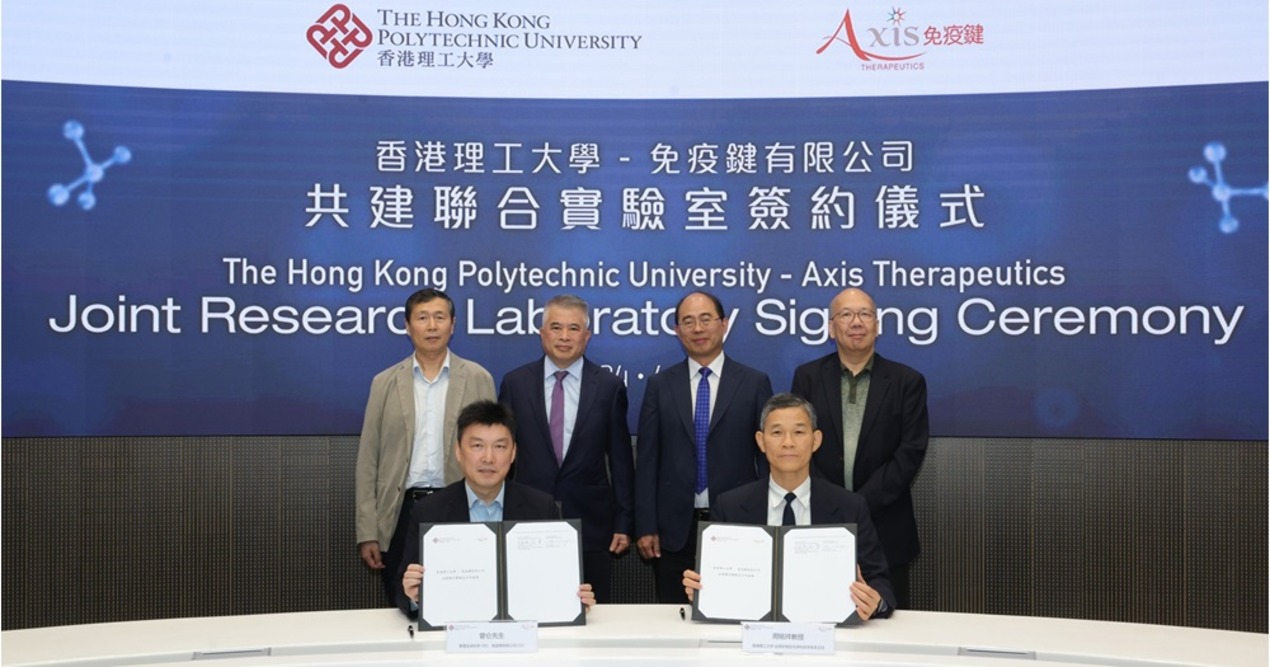
The pandemic has brought about drastic changes to our personal and business lives and in particular how we carry out our financial transactions and access Government Services. These services have mostly moved online.
It has slowed down business operations, closed borders, disrupted daily life but on the other hand, it has accelerated digitalisation in a way that could not have been predicted.
“It feels like we have experienced 5 years of digital transformation in 5 months” said Jim Cavanaugh, Vice President – Asia Pacific and Japan, AppDynamics. “Everything was moving in that direction, but COVID-19 has really accelerated the process.”
OpenGov recently had the opportunity to speak with Jim Cavanaugh, Vice President – Asia Pacific and Japan, AppDynamics, a Cisco Company about the effect the pandemic has had on digital transformation, the digitalisation acceleration that has taken place over the last 5 months, the increased pressure it has put on businesses, those already well established online and for those who have had to make that transition out of necessity and in a short space of time.

We spoke to Jim about the online customer journey and how online consumers have high expectations and less tolerance for latency. Also asked him on how AppDynamics have the solutions and tools to support businesses with the challenges they face in this pressurised environment.
Pandemic has caused increased pressure for digital services
The increase in online users has been due to necessity in this current pandemic, and in turn has put huge pressure on government online services and digital transactional services to provide high standards of online service.
Consumers are using apps for their finances, shopping, deliveries, food and transport. And as consumers rely more heavily on apps to get things done, they also expect their experience to be simple and seamless.
According to Jim, today, online consumers have higher expectations of “a perfect digital experience and have less tolerance for latency or challenges. The ‘new normal’ is a consumer wanting a ‘flawless digital experience.’”.
Users have less tolerance for bad online customer experience and the online customer journey is so important, it could be the difference between winning or losing a customer.
Technology to Enhance User’s Online Application Experience
AppDynamics is well placed to support organisations from the tremendous pressure they face in today’s climate. Offering niche services such as being able to visualize revenue paths and correlate customer and app experience, to finding and fixing app issues.
Application performance monitoring – they can actively monitor, analyse and optimise complex application environments at scale to end-user monitoring which optimises key business transactions with a complete view of the customer journey.
They also leverage AI and ML to allow the organisation in real-time to fix complicated processes in the background, without interrupting the online customer. AppDynamics use AI and ML in anomaly detection, it gives the end-user real-time analytics of how people are using the app and can resolve challenges without human interaction.
“The real magic is providing the real time correlation between user experience and the business outcome. Our customers are using that to take market share, increasing the top line and reducing costs on the bottom line”
Digital Banking Success Depends on Good App Experience
The Banking Sector was already moving more and more towards digital banking, offering banking services online and through apps. Singapore is a good example of how the financial sector is experiencing an increase in digital banks. The Monetary Authority Singapore recently selected 14 digital banking applications out of 21.
And as Digi banks use apps as their sole touchpoints, the performance of their apps and technology becomes paramount to meeting the regulatory guidelines and consumer expectations. With only 17% of customers who experience hiccups in their digital experience indicating a willingness to contact service providers for troubleshooting assistance, the 83% of lost customers indeed raises alarm bells on the need for fast, efficient and robust applications.
Given e-banking providers hinge their survival on application performance, addressing gaps and weaknesses in their digital strategies is the key to digital banking success. Proactive monitoring is the key to exceeding regulatory as well as consumer expectations through the employment of proactive monitoring via AI or human intervention and reducing MTTR, hence making reduced downtime a reality.
AppDynamics provides the insights needed around key issues in real-time — before they impact customers. They provide end-to-end visibility to drive application and business performance. A solution that is key in the current situation with an increased focus on online services and higher expectations on user experience. For companies to succeed in this climate they will have quickly identify the weak points in the customer experience online and remedy those immediately so to not lose their client to another service provider and the gain market share.
















